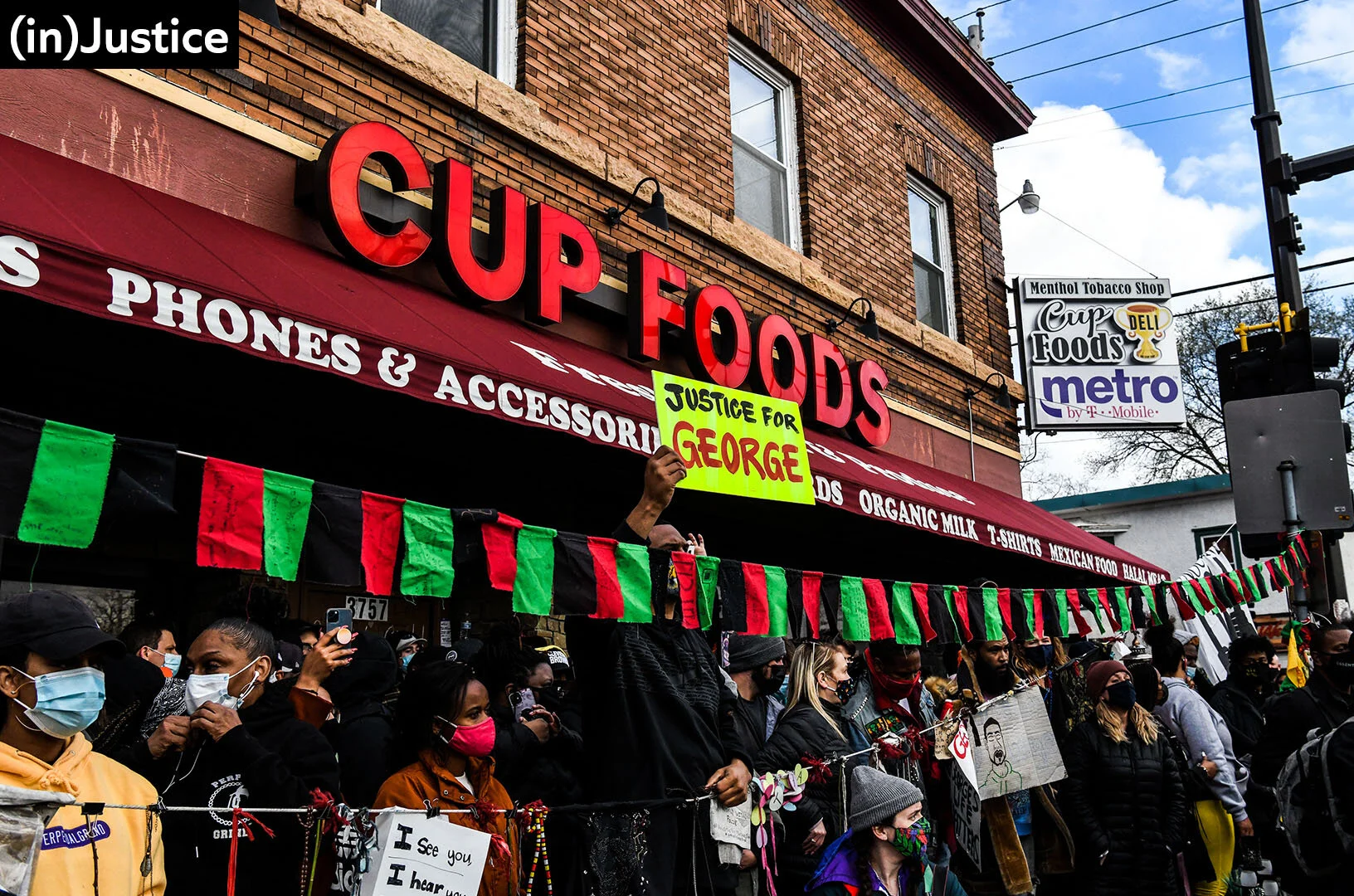Asian Americans Have A Long History of Activism
[AFP/Frederic J. Brown]
After several recent high-profile attacks on elderly Asian Americans, and a mass shooting in Atlanta last month that left six women dead, Asian Americans responded by organizing and participating in mass demonstrations. While several media outlets have taken note of this surge in organizing, these protests are actually just the latest example in a long history of Asian American activism and struggle.
To learn more, AJ+ producer Hangda Zhang spoke with Diane Fujino, a professor of Asian American studies at UC Santa Barbara, and Khatharya Um, an associate professor of ethnic studies and chair of peace and conflict studies at UC Berkeley. Here are some of the main takeaways.
It began with labor organizing
“People barely know about Asian American activism,” Fujino said, despite its long and complex history. One reason, she suggested, is that the model minority myth has contributed to Asian Americans’ political invisibility, erasing the social problems of – and racism experienced by – Asian Americans, and straining race relations between Asian Americans and their allies. As a result, for many people, “the terms ‘Asian American’ and ‘activism’ seem like oxymorons, which they are not,” Fujino said.
Actually, organizing among different Asian nationalities began in the U.S. with labor activism in the late 19th and 20th centuries when Japanese, Chinese, Korean and Filipino people began immigrating to the U.S. to work, she said. One of these notable organizing efforts was the Hawaii sugarcane plantation strike in 1920, when Japanese and Filipino workers protested conditions on plantations in Hawaii, Fujino said.
Coalition work and solidarity
In the early years of organizing, these efforts were often “ethnic-specific,” Um said. It wasn’t until the late 1960s, amid the civil rights, free speech and anti-Vietnam War movements, that historian and activist Yuji Ichioka and fellow Berkeley student Emma Gee coined the term “Asian American,” as a pan-Asian term to unite people across different Asian countries and ancestries in the fight against racism. Around that time, Um said, various pan-Asian organizations emerged, like the Asian American Political Alliance and Asian Americans for Action.
Fujino and Um both referenced activists of the 1970s – such as Yuri Kochiyama, Grace Lee Boggs, Richard Aoki and Helen Zia – who had an “ethos of collectivity and collective leadership,” Fujino said. This spirit proved positive for developing social movements, but made it difficult for the mainstream media to locate leaders that would allow them to tell the story of Asian American organizing.
Asian Americans worked in multiracial and transnational solidarity with other groups in the U.S. and in the developing world, fighting racism, neo-imperialism and inequality – issues that bound these groups together, Um said. Other examples of this solidarity were the Third World Liberation Front, in which Asian, Black and Latino students led the formation of an ethnic studies program at UC Berkeley, and Asian and Latino farmworkers who supported each others’ strikes and went on to form the United Farm Workers union. Activist groups such as the Yellow Brotherhood and East Wind, both from Los Angeles, were inspired by the Black Power movement.
When your history is America’s dirty laundry
Um pointed out that the Asian American experience, and its relationship to American foreign affairs, is often neglected in school curriculum. Southeast Asian American communities, for example, have been one of the fastest-growing Asian American communities since the 1970s — a result of the Vietnam War and its devastating effects on Cambodia and Laos.
“Even though there is a piece of the curriculum [taught in schools] on the Vietnam War or on U.S. wars in general, so little is dedicated to that chapter of American history,” Um said. “I think it's absolutely important for [the younger generation] to have a sense of these histories as a way of informing who they are, and the kind of issues that continue to confront their communities.”
Challenges for Asian American organizers today
Fujino said it’s necessary for Asian Americans to look beyond immediate solutions and work toward a long-haul social movement for transformative change. For example, Fujino said, after Bay Area-group Asian Immigrant Women Advocates fought for back wages for Chinese American garment workers in the ’90s and won, they realized they needed to develop the leadership of immigrant, working-class Chinese and Asian American women, and pivoted.
“This kind of work does not get you the big headlines, right? It's harder to claim ‘victory’ in ways, but it's that slow organizing, this kind of transformative, long-haul work that I'm referring to,” she said, adding that solidarity is key. “So at this moment, even as we look at the kind of racism that's happening and violence against Asian American communities and stand against it, it's important that we remember the movement for Black lives and the ways that policing often creates more harm than good.”
Watch producer Hangda Zhang’s full video on Asian American organizing in the U.S. here.

![[AFP/Frederic J. Brown]](https://images.squarespace-cdn.com/content/v1/5f21dbb91adde3260d4ba1ef/1618596771129-KC7ZWAK2B1OSQ3495P12/000_96W32T.jpg)




